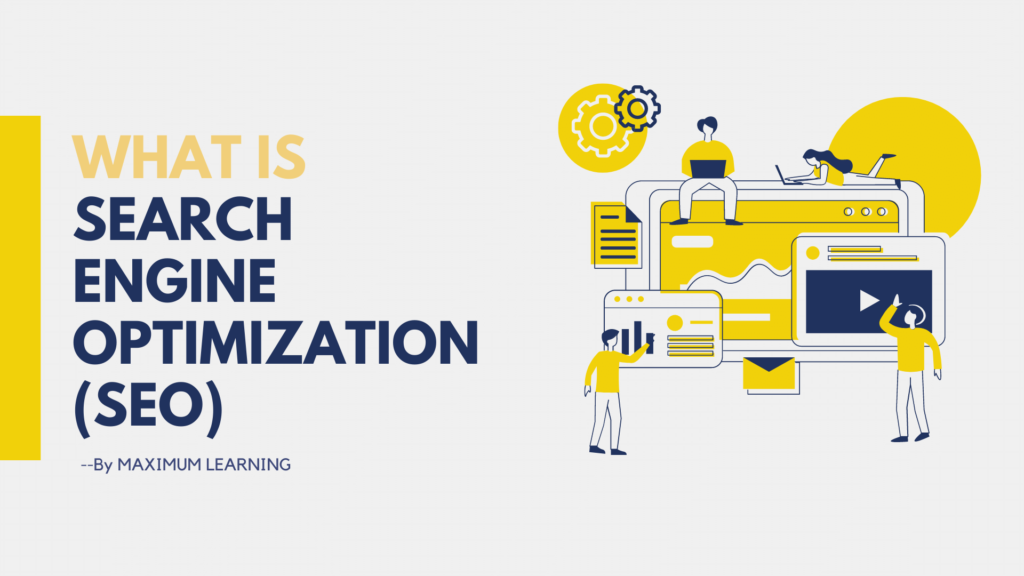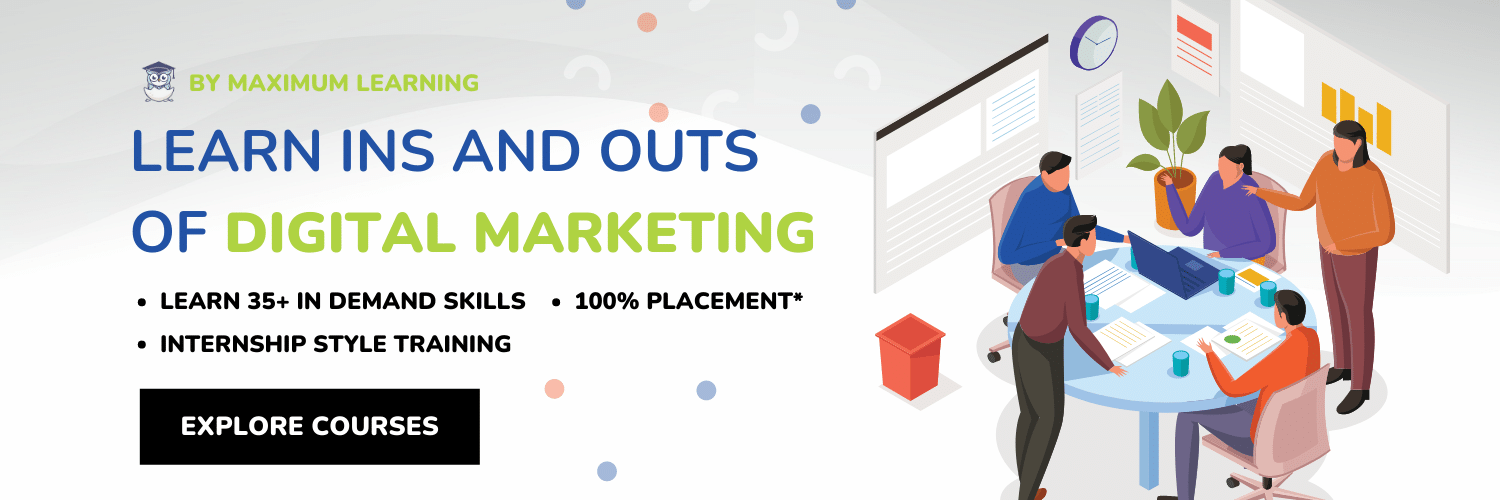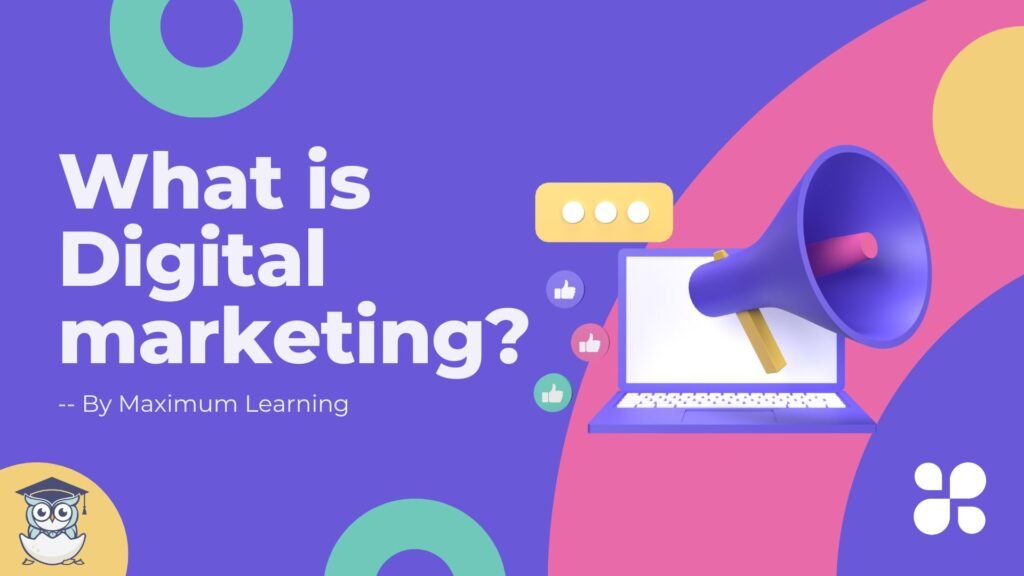Are you just getting started with SEO? Perhaps you’ve heard that SEO can boost your website’s ranks and increase traffic, but you’re not entirely clear how it operates or what areas to concentrate on. You’re in the correct place, I suppose. Discover what every digital marketer needs to know about SEO by reading on.
What is Search Engine Optimization (SEO) ?
To begin, let’s state the obvious: What precisely is SEO? Search Engine Optimization, or SEO, is the technique of obtaining visitors via unpaid, editorial, organic, or natural search results in search engines. It seeks to raise the position of your website in search results pages. Keep in mind that more individuals will view a website the higher it appears on the list.
Doing proper and good SEO needs a lot of work. Some examples of good SEO activities are:
- Finding relevant keywords with high search traffic potential is just one of the many distinct tasks involved in successful SEO.
- Creating valuable material of the highest calibre and optimising it for both consumers and search engines
- Including pertinent links from reputable websites
- evaluating the outcomes
SEO now a days is regarded as a crucial marketing strategy.
What is the difference between paid and organic search
It’s critical that you recognise the distinctions between paid search and organic, natural search, sometimes known as SEO. There are five significant variations:
Position
The top of search engine results pages for paid search results are displayed, while those for organic results are displayed below them.
Time
Time is another another important distinction between paid and organic search. While results from organic search can take weeks, months, or even years to appear, results from paid search can occasionally be obtained in as little as a few minutes. Therefore, with organic search, you must play the medium- to long-term game.
Payment
As the term implies, paid search traffic is compensated when it comes to payment. You pay for each click (PPC) based on the cost per click (CPC). This implies that each time a user clicks on your advertisement, you are charged. Consequently, you buy traffic for your page by paying Google to display your ad when a visitor searches for your keyword, as opposed to depending on organic traffic to your website. Although it does involve a time and resource investment, traffic for organic search is free.
ROI
It’s actually lot simpler to calculate the return on investment, or ROI, using paid search. That’s partially because Google offers additional keyword information that Google Analytics can collect. The ROI of paid search, however, may stagnate or even decrease with time. ROI for organic search is a little bit more difficult to quantify, but it frequently gets better with time. Organic search can provide a very excellent return on investment over the long term.
Portion of Traffic
Approximately 20% to 30% of searchers click on paid results, while 70% to 80% of searchers click on SEO results when it comes to traffic share. Therefore, organic results receive a majority of clicks.
Comparisons between organic and sponsored search
There are some similarities between paid and organic search which are listed below:
- Search engines are used for both paid and organic searches, and both call for the user to enter a keyword. Therefore, you must conduct keyword research for both paid and organic search.
- Landing pages: You must construct landing pages for each categories of search. The landing page must be linked to your website for SEO purposes. It might be the exact same landing page you use for organic search for sponsored search, or it can be a totally different standalone page that lives outside of your website.
- Traffic: Both sponsored and organic search have the primary objective of generating traffic. Most essential, user intent is included in both sponsored and organic search traffic. That is, when someone searches on Google for information or asks a question, they are acting actively and are therefore more likely to act on the information they discover.
The Three SEO pillars
Knowing how to get your brand, website, or business found by searchers is a basic competency for digital marketers, and keeping up with SEO changes will keep you at the top of your game. Although SEO is always changing in tiny ways, its core principles remain constant. We may divide SEO into three main pillars or components that you must be aware of and practise regularly:
- Technical optimization is the process of finishing tasks on your website that aren’t directly related to content but are intended to boost SEO. Behind the scenes activities are frequent.
- On-Page Optimization: On-Page Optimization is the procedure you employ to make sure the information on your site is pertinent and offers a wonderful user experience. A content management system can help you accomplish this, which includes choosing the appropriate keywords to target inside your material. Content management systems like WordPress, Wix, Drupal, Joomla, Magento, Shopify, and Expression Engine are typical examples.
- Off-Page Optimization: Off-Page Optimization is the process of raising your site’s ranks in search engines by engaging in activities off of it. Backlinks, which help to establish the site’s reputation, are a major factor in this.
How exactly do search engines operate?
When someone has a question and wants to look up the answer online, they use search engines. Search engine algorithms are computer programmes that sift through data to provide users with the precise results they want. To identify websites and choose which ones to rank for a particular keyword, search engines use algorithms. In order to find information, search engines go through three stages: crawling, indexing, and ranking. Crawling is the discovery stage; indexing, the filing stage; and ranking, the retrieval stage.
Initially, crawling
Crawling is the initial action. Web crawlers are sent out by search engines to discover new pages and collect data on them. These web crawlers are sometimes known as robots or spiders. Their aim is to find new web sites that are available and to frequently check previously viewed pages to determine if the material has changed or been updated.
Search engines use links they’ve already found to crawl web pages. When a search engine searches your homepage, it will look for another link to follow and may follow the link to your new blog post if you have a blog post that is connected from there.
Next, indexing
The indexing process comes next. A search engine determines whether or not to use the content it has crawled during the indexing process. A search engine will include a crawled web page in its index if it determines that it is worthy. At the end of the ranking process, this index is employed. A web page or other piece of material that has been indexed is filed and saved in a database so that it can be retrieved later. Most websites that offer distinctive and valuable information are indexed. A website could be excluded from the index if:
- Its contents are regarded as duplicates.
- Its content is regarded as being of low quality or spam.
- No one could crawl over it.
- There were no outside links to the page or domain.
Next, ranking
Ranking comes as the third and ultimately most crucial phase. Only once crawling and indexing are finished can ranking take place. Your website can be ranked once a search engine has crawled and indexed it.
More than 200 ranking factors are used by search engines to categorise and rank content, and they all fall under one of the three SEO pillars: technical, on-page, or off-page optimization. Search engines employ a variety of signals to determine how to rank web sites, as follows:
- If the term or a synonym was used on the page and in the title tag, it was present in the title tag.
- Web page loading time – Whether the website is mobile-friendly and loads quickly
- Website standing – Whether the website and page are regarded as authoritative for the topic being searched for
Results arranging and rating
The Google Hummingbird main search algorithm is in charge of selecting the rankings and order of search engine results.
Additionally, Google uses RankBrain, a machine-learning search engine sub-algorithm:
RankBrain uses artificial intelligence to connect unfamiliar words and phrases to similar search requests in order to better understand them.
By transforming keywords into well-known themes and concepts, it enables Google to comprehend these inquiries, enabling it to deliver better search engine results—even for unique queries.
Websites that satisfy users and deliver the expected results are rewarded by RankBrain rather than those that try to rank as the best keyword-optimized result.
Maximizing the potential of RankBrain
An effective SEO plan entails optimising your website to increase customer pleasure and experience as well as to make the most of the RankBrain ranking element.
The three best methods for doing this are as follows:
- Consider medium-tail keyword optimization (key terms consisting of two to three words).
- Create clickable page names and descriptions to increase the likelihood that people will click on your listing when searching. The percentage of people who find you on Google and then click over to your website is known as the click-through rate.
- Increase dwell time (how long visitors stay on the page) and decrease bounce rate using content optimization (the percentage of visitors who leave after only viewing one page).
The top three ranking factors used by Google are:
- Links
- Content
- RankBrain
Defining SEO goals
Any SEO strategy must include setting SEO objectives. Setting SEO goals and coordinating them with your overarching business goals is crucial for the following reasons:
- They promote support from important stakeholders.
- They assist you in developing your SEO plan.
- Goals are met thanks to them.
What ought to be measured?
Setting goals may seem like a cumbersome process, but over the long run, tracking your progress will be quite beneficial for your SEO. What sort of things ought you to measure, then?
Think about measuring:
- Traffic from keywords
- Market share
- brand recognition
- generating leads
- Reputation
- E-commerce
Finally, keep in mind that SEO is never finished, even after you have fully implemented your approach. When it comes to SEO, you might need to switch up your strategy in the middle of the process and wait to see the final results. However, with a strong SEO foundation in place, some patience, and a better user experience for clients, the advantages of your SEO approach should become obvious. This will increase conversions for your company.




